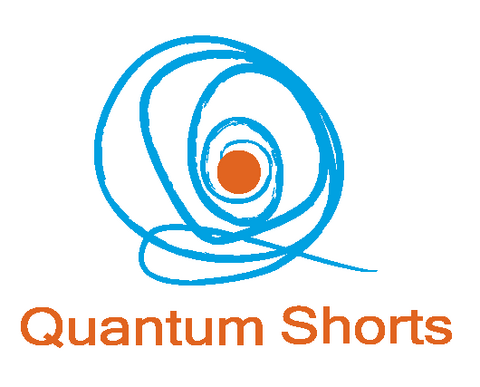Microwave quantum devices based on Josephson photonics
Max Hofheinz, University of Sherbrooke
In superconducting quantum circuits the Josephson junction is the key element because it is the only strongly nonlinear and dissipationless circuit element we know. Usually it is used in the superconducting state where it acts as a nonlinear inductor, for example in Josephson qubits or Josephson parametric amplifiers. But a Josephson junction can also be nonlinear and dissipationless when a non-zero DC voltage below the gap is applied.

 The
The